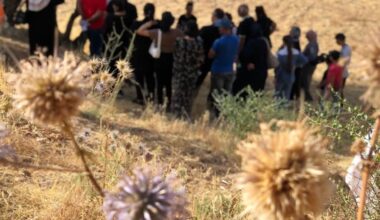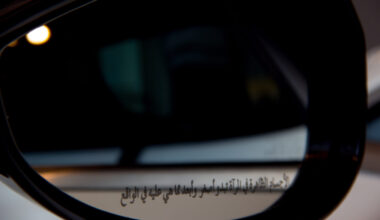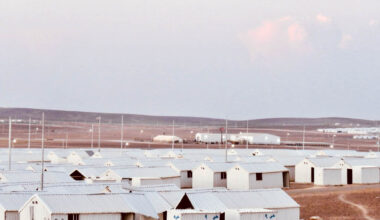By Shatha Mubaideen, Architect and Senior Research and Partnerships Officer at the CBRL Amman Institute.
Jordan is strategically located in the heart of the Middle East and has witnessed the rise of great civilizations throughout history. It is home to remarkable heritage structures, each embodying historical, social, and political values, diverse architectural styles and traditional building techniques.
As an architect and researcher at the CBRL Amman Institute, I have always been fascinated by the uniqueness and diversity of Jordan’s archaeology and heritage, with a particular focus on the ongoing influence of colonialism in both the physical remains and contemporary conservation and management practices. Going deeper into the notion of colonialism has made me wonder whether colonial dialogue still exists in archaeological conservation practices and projects in Jordan, especially through the contributions of international missions during the Twentieth Century.
In 2022, I had the opportunity to take part in the Theoretical Archaeology Group (TAG) conference in Edinburgh, held between 15-17 December 2022, through the CBRL Travel Grant. The TAG 43 conference provided a platform to present and discuss my insights on Archaeology and Colonialism: Managing Diversity in the Conservation of Archaeological Ruins in Jordan, the Case of Petra World Heritage Site, with the international heritage community. In the Colonial Pasts and Presents in Southwest Asia session, I explored if and how international conservation theories have shaped preservation practices in Jordan, as a form of colonial dialogue at Petra through studying the international conservation ideologies and expressing the ongoing challenges faced in conservation efforts today.
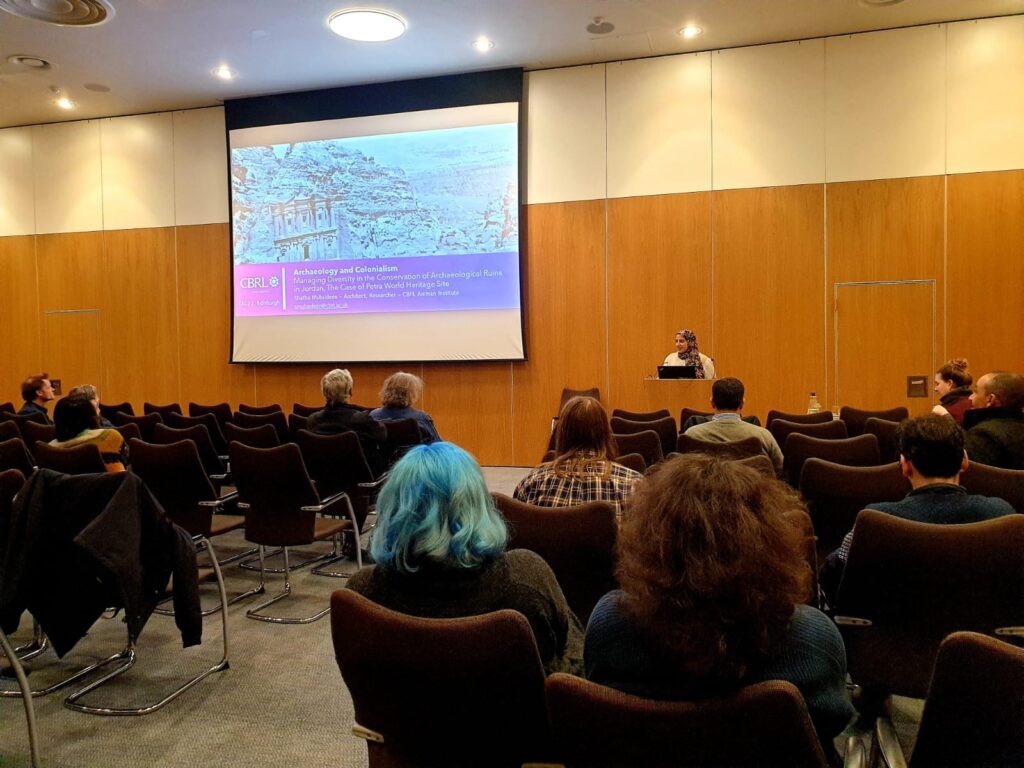
While conservation projects, funded and led by foreign missions, play an integral role in supporting the Department of Antiquities (DoA) in protecting archaeological sites, there has been too much experimentation at some archaeological sites in the past which in turn exposes these sites to risks of losing authenticity. Additionally, each mission applies its own conservation ideology, sometimes without fully integrating local contexts or engaging with traditional knowledge, resulting in a lack of overall consistency between the sites in the country.
This raised an interesting discussion during the conference about whether archaeologists and conservators should take steps or are taking steps, to decolonize their methods and theories in response to historical legacies. It is essential to explore whether and how local authorities are addressing this important issue. Consistency in conservation practices for archaeological ruins is particularly crucial at historical sites like Petra. Such consistency not only ensures the preservation of the structures but also helps in constructing a comprehensive narrative of the site. Additionally, it plays a vital role in developing an effective interpretation plan that reflects the diverse histories and cultural contexts of the area.
My participation in this conference has broadened my perspective of the complexities surrounding colonialism in conservation practices around the world and underscored the necessity for inclusive dialogue to ensure heritage management strategies are both relevant to their context and sustainable.
As part of my visit to the UK, I was lucky to be invited by Dr Kristen Hooper, to present a talk at the School of Archaeology at Durham University on Colonial Regionalism in Transjordan, focusing on the cases of the As-Safawi, H5 Station and the British Representative Residence in Amman. I first met Kristen in 2019 from the Endangered Archaeology in the Middle East and North Africa (EAMENA) project training in Jordan and I later participated in the Rewriting World Archaeology online mentoring programme in 2021, where she was a professional mentor.

Presenting at Durham University was also a great opportunity to discuss those case studies with professors at the Archaeology School and meet Dr David Petts, our UK partner in the British Mandate period Oil, Settlement and Architecture in Jordan: A Study of the As-Safawi, H5, Pumping Station Project, funded by CBRL Network Partnership Award 2022/23 and CBRL Research Project Grant 2023/24, to discuss this initiative development and sustainability.
Although my visit occurred during the cold December days of the UK, the festive Christmas lights filled the environment, bringing warmth and celebration. In addition to deepening my understanding of the interrelationships among archaeology, colonialism, and conservation, these experiences helped me build connections with academics and professionals in the field.

Reflecting on these enriching experiences nearly two years later, I feel inspired to continue exploring the intersection of the conceptual and physical impacts of colonialism, aiming to contribute to a more equitable narrative in the preservation of Jordan’s rich cultural heritage.
I would like to express my heartfelt gratitude to the CBRL for providing me with the opportunity to participate in the TAG43 conference and present at Durham University. Special thanks to Dr Carol Palmer and Dr Kristen Hooper for making this possible.
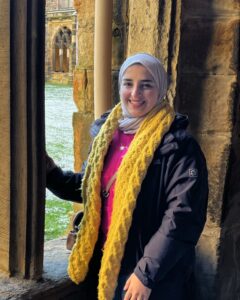
Shatha Mubaideen is the Senior Research and Partnerships Officer at the CBRL Amman Institute. She holds an M.Sc. in Architectural Engineering and Cultural Resource Management from the University of Jordan. With over eight years of experience in heritage protection at the Department of Antiquities of Jordan (DoA) and CBRL, Shatha has published research papers and contributed to research projects like the MaDiH project and the British Mandate period Oil and Architecture project.
The views expressed by our authors on the CBRL blog are not necessarily endorsed by CBRL but are commended as contributing to public debate.












